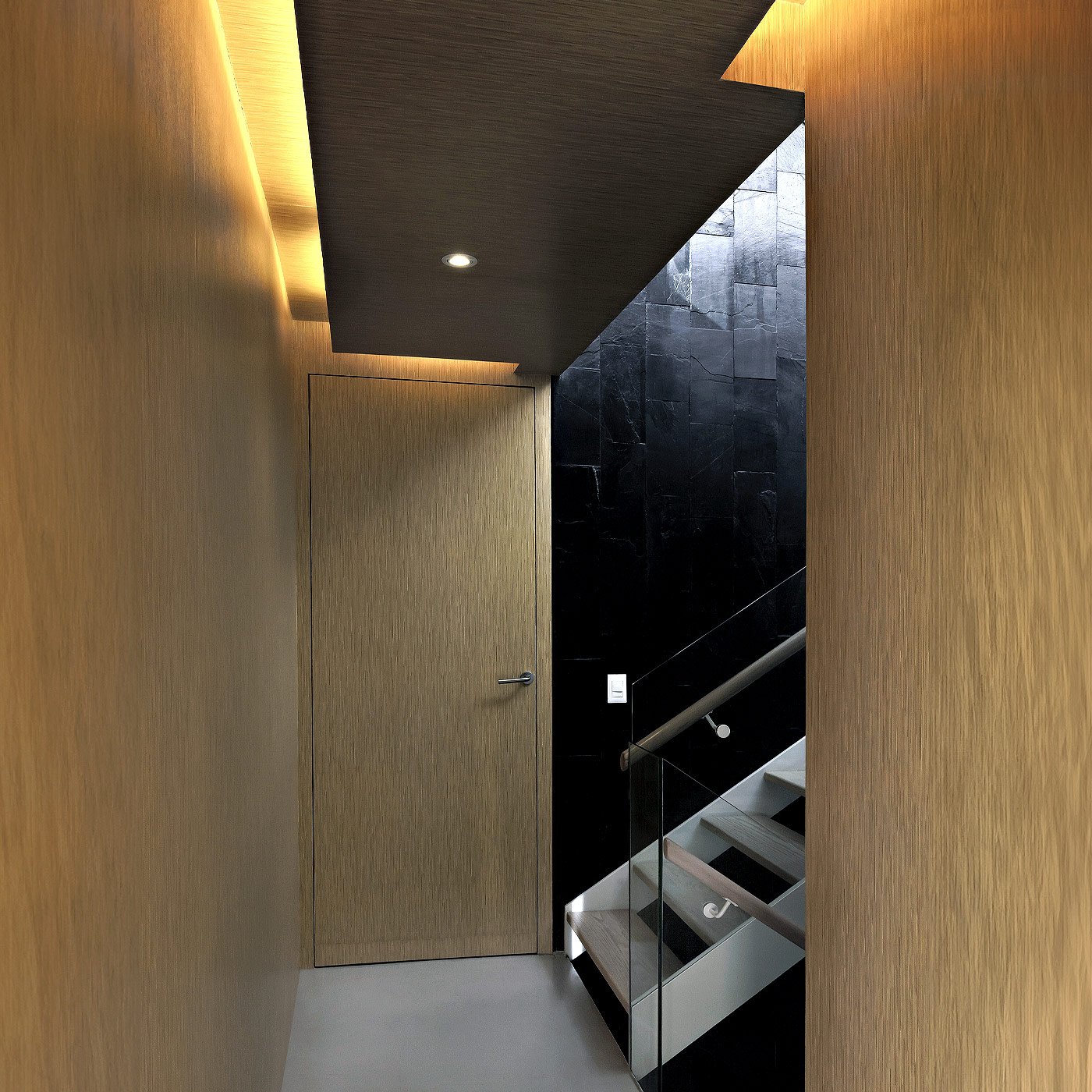DESIGN DESCRIPTION
Theoretical Research
What is laughter? Why we laugh? why certain things are hilarious and some other not? and when they are funny and when they aren’t? and finally what is funny in architecture.
Totonaca sculpture, around 700 AC Totonaca civilization (in the south of Mexico) among many others Mesoamerican cultures play a game called the “Ball Game”. The act of playing is the essence of rituals, and in this one, the winner got decapitated. These stone sculpted heads are the representation of winner players… and they are laughing. By winning they will be allowed to go with the goods.
Creation is a game. And goods obviously, have greatest laughs.
This overtly cheerful expression figures represents a break thru, liberation from the human condition. “Now they can laugh like gods”. In many ancient cultures, the world was perceived as a cruel game ruled by higher existence where we are just disposable toys. In all mythologies, the world comes from a gratuitous act and seems that main kind is not indispensable. There is a sort of will beyond. Rite is meant to guard human world, they are a rough imitation of the divine game. The frontier between the secreted and the profane is the same one that separates the ritual from the work, therefore laughter from seriousness.
Work destroys rituals. In our everyday life, there is no time to play.
In rite paradox rules: “the last ones will be the first ones” “god made the world from nothing” but in the sphere of work there are no paradoxes: “you will earn your bread by the sweat of you brow” or “every man is the son of their work” Work in order to exist has to be something that product something else, in other words, need to be productive.
The rite is completely the opposite, risk and scarifies lives naturally in the logic of the game, therefore there is no precise control, any productivity is sought by the game.
Totonaca Gods scarify themselves in order to create the world that is why all creation is a game… Architectural design work is considered to be a very creative endeavor; it is usually said that an architect is a creative, imaginative person…so… where is the “Fun Game, Funny part” of architectural practice? In order to develop a language of significant “Fun, Funny things” on architecture, this project proposes a set of “rules”, this is a system that hopefully will establish a new “Lexicon” for the funny things for Architecture and Architectural Practice.
Credits:
Design, Research, and production: Paul Cremoux W.


